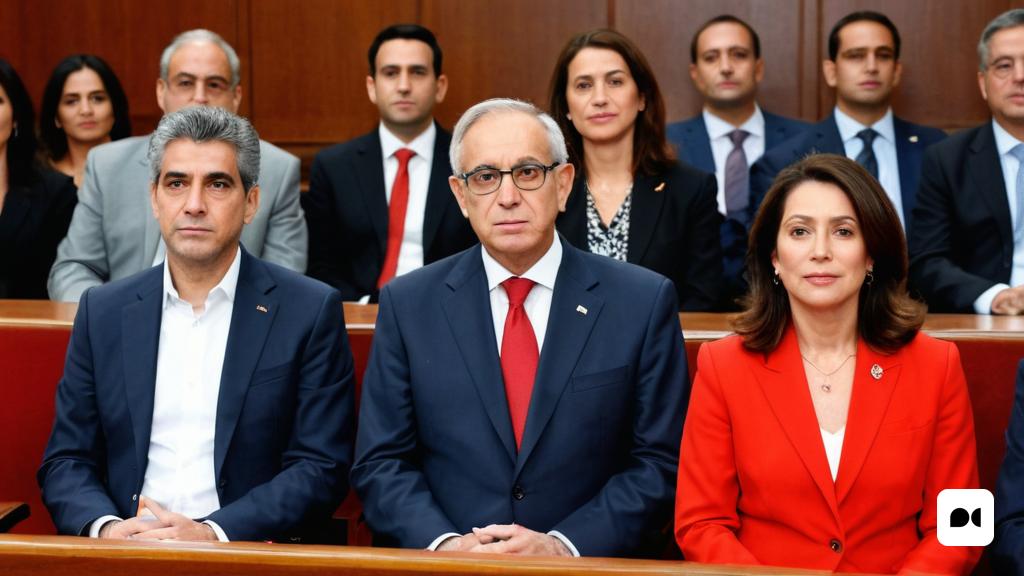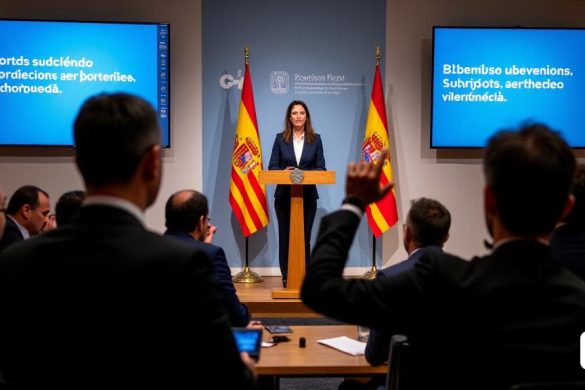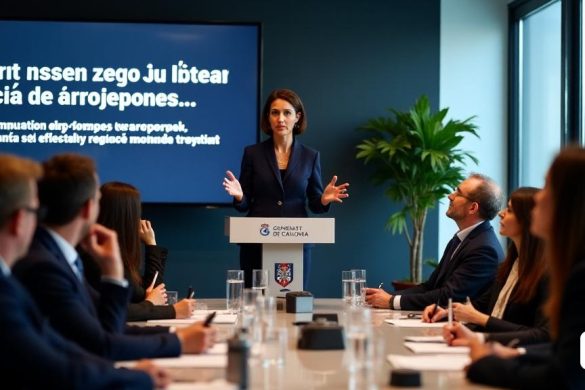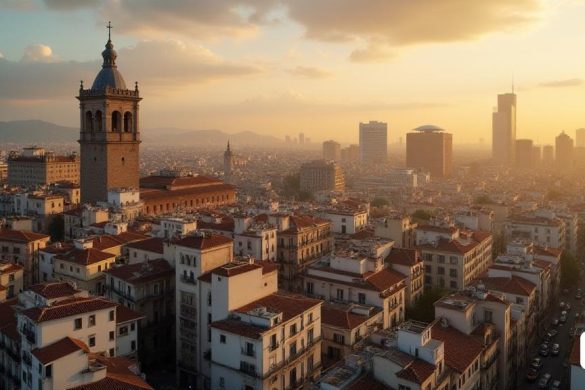Establishment of the New Judicial Council
On July 30, the new General Council of the Judiciary (CGPJ) was established, the result of an agreement between the PSOE and the PP that puts an end to a mandate that had already expired five years ago. Despite the formation of the council, the person who will be the president of the body has not yet been designated.
Proposed Candidatures
During the first meeting, seven Supreme Court judges were presented as candidates to lead the CGPJ. The names are as follows: Esperanza Córdoba, Antonio del Moral, Ana Ferrer, Ángeles Huet, Carmen Lamela, Pablo Lucas and Pilar Teso. The vote to elect one of them will take place next Tuesday morning.
Assumption of Office and Composition of the Council
This morning, at an event held at the Zarzuela Palace, twenty new members were sworn in before King Felipe VI, along with the President of the Government, Pedro Sánchez. These members, ten of whom come from Congress and another ten from the Senate, have officially begun their duties within the council.
Transition of Power
Previously, outgoing members such as Pilar Sepúlveda and Clara Martínez de Careaga left after collecting their belongings, marking the end of their mandate.
Election Rules and Procedures
The constitutive session, which was held in a closed environment and under the direction of the oldest member, Bernardo Fernández Pérez, lasted about an hour. The organic law of the Judiciary requires that candidacies be presented publicly during this session. To be elected, the candidate must have the support of at least 13 members, that is, three-fifths of the total.
Candidates in the spotlight
Among the names being considered, the judges Pilar Teso and Ana Ferrer, considered progressive, stand out. However, the most prominent figure is Carmen Lamela, recognised for her role in important judicial cases, including the imprisonment of important figures of the independence movement and other prominent figures.
Requirements for the Presidency
According to current legislation, to apply for the presidency of the CGPJ it is necessary to be a magistrate of the Supreme Court or a jurist with at least 25 years of professional experience and proven competence in their field.




